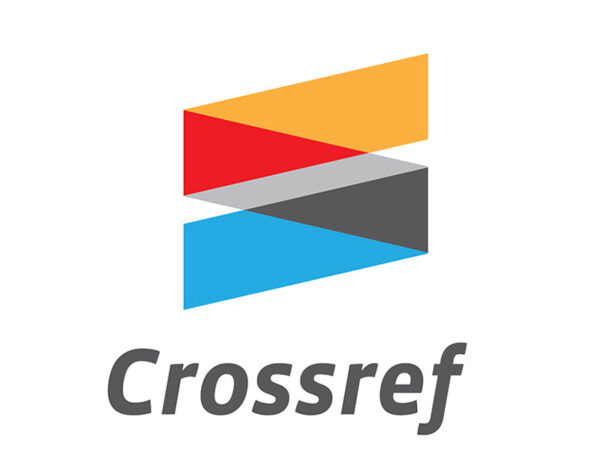MCQ’s Evaluation using Python OCR: An Algorithmic Implementation and Design Approach
Abstract
Today, Multiple Choice Questions (MCQs) are being widely used as an effective way to assess or to grade
high school and university students.MCQs has become a fast and reliable method for national entrance examination
over the world, particularly in Pakistan because it can assess students with the broad range of knowledge coverage
within a limited time. However, when the use of MCQs is more demanded, a manual grading solution seems harder.
Although technology for automatic grading of multiple-choice questions has existed for several decades, it is not yet
as widely available or affordable as it should be. The main reasons preventing this adoption are in the cost and the
complexity of the setup procedures. Hence, in this research, we propose a cheaper alternative to grade multiple choice
questions, an OCR based solution built in python, which will use desktop scanners for image acquisition. OCR
Algorithm takes advantage of Python programming language for its cross-platform, open source, and communitybased environment. In this system desktop scanners will be used, as they are cheaper and widely available. In this
algorithm, OpenCV (Open-Source Computer Vision Library), an open-source computer vision and machine learning
software library will be utilized, to OCR scanned images of answer sheets.
References
papers." Karaelmas Fen ve Mühendislik Dergisi 6, no. 1 (2016): 100-104.
[2] Bieniecki, Wojciech, Szymon Grabowski, and Wojciech Rozenberg. "Image preprocessing for improving ocr accuracy".
In 2007 international conference on perspective technologies and methods in MEMS design, pp. 75-80. IEEE, 2007.
[3] Canny, John. "A computational approach to edge detection." IEEE Transactions on pattern analysis and machine
intelligence 6 (1986): 679-698.
[4] China, Rodrigo Teiske, Francisco de Assis Zampirolli, Rogério Perino de Oliveira Neves, and José Artur QuiliciGonzalez. "An application for automatic multiple-choice test grading on android." Revista Brasileira de Iniciação
Científica 3, no. 2 (2016): 4-25.
[5] Chinnasarn, Krisana, and Yuttapong Rangsanseri. "Image-processing-oriented optical mark reader." In Applications of
digital image processing XXII, vol. 3808, pp. 702-708. SPIE, 1999.
[6] Chouvatut, Varin, and Supachaya Prathan. "The flexible and adaptive X-mark detection for the simple answer sheets."
In 2014 International Computer Science and Engineering Conference (ICSEC), pp. 433-439. IEEE, 2014.
[7] De Assis Zampirolli, Francisco, Valério Batista, and José Artur Quilici-Gonzalez. "An automatic generator and corrector
of multiple choice tests with random answer keys." In 2016 IEEE Frontiers in Education Conference (FIE), pp. 1-8. IEEE,
2016.
[8] De Assis Zampirolli, Francisco, José Artur Quilici Gonzalez, and Rogério Perino de Oliveira Neves. "Automatic
correction of multiple-choice tests using digital cameras and image processing." Universidade Federal do ABC (2010).
[9] Deng, Hui, Feng Wang, and Bo Liang. "A low-cost OMR solution for educational applications." In 2008 IEEE
international symposium on parallel and distributed processing with applications, pp. 967-970. IEEE, 2008.
[10] De Oliveira, Filipe Tiago. "Optimized Methodology Using Multi-Choice Question Tests on Paper From question
authoring to grade publishing." In 2018 3rd International Conference of the Portuguese Society for Engineering Education
(CISPEE), pp. 1-6. IEEE, 2018.







